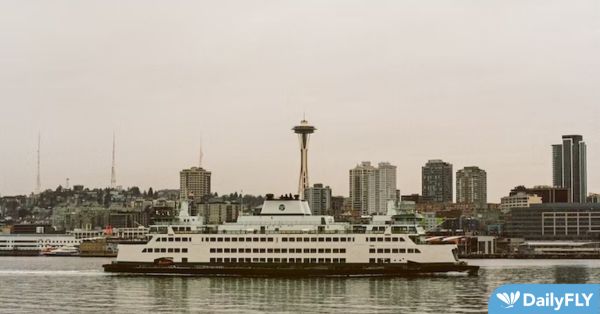OLYMPIA – The three largest ferries in Washington state will soon run on hybrid-electric power. Washington State Ferries announced Tuesday that it awarded a shipyard contract to Vigor for the conversion of WSF’s three Jumbo Mark II-class ferries: the Wenatchee, Tacoma, and Puyallup.
WSF operates the largest ferry system in the U.S., burning 19 million gallons of diesel fuel each year to transport as many as 24 million passengers a year. Built in the late 1990s, Jumbo Mark II-class ferries are each powered by four massive engines generating 16,000 horsepower to propel as many as 2,500 passengers to their destinations. By converting to hybrid-electric powertrains, the state’s largest-emitting ferries will have their emissions slashed by 95%.
“This contract is a big step toward providing our ferry-served communities with better air quality and more sustainable service,” said Matt von Ruden, system electrification program administrator for WSF.
WSF intends to reach net zero emissions by 2050. The agency will retrofit six ferries, build 16 new hybrid ferries, and add charging power to 16 terminals. The Wenatchee will undergo conversion this year, and the Tacoma and Puyallup will be converted over the next two years.
Gov. Jay Inslee signed an executive order in 2020 to accelerate the electrification of the WSF fleet, and signed the Move Ahead Washington package in 2022 with $1 billion in appropriations for the state ferry system. U.S. Transportation Secretary Pete Buttigieg recently visited Seattle to tout the state’s progress on electrification.
“We’re leading the nation in electrifying almost every transportation system, starting with the ferry boats,” said Inslee.
“Gov. Inslee is not only leading the way on climate but understands the importance of infrastructure and has put resources into that,” said Buttigieg.
The cost to retrofit the three vessels amounts to $150 million, of which the federal government will assist with $44.6 million in already-announced funding. All three vessels were already due for substantial mid-life maintenance work.

















